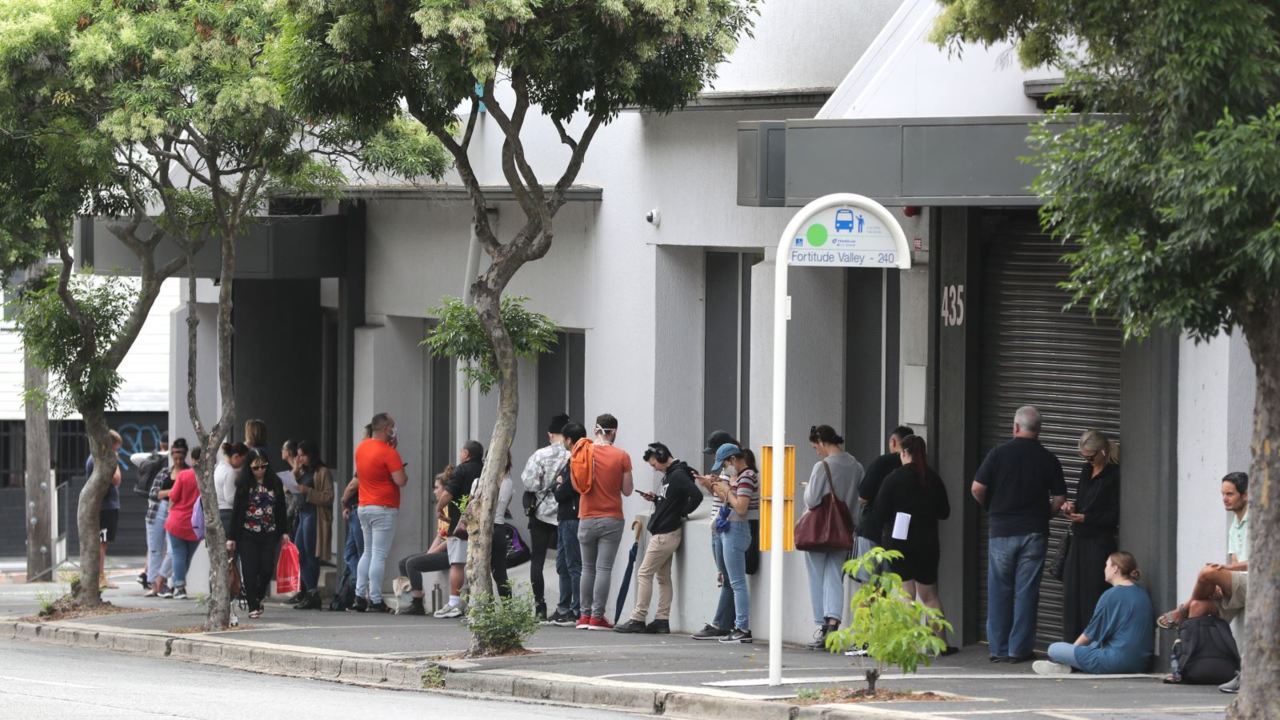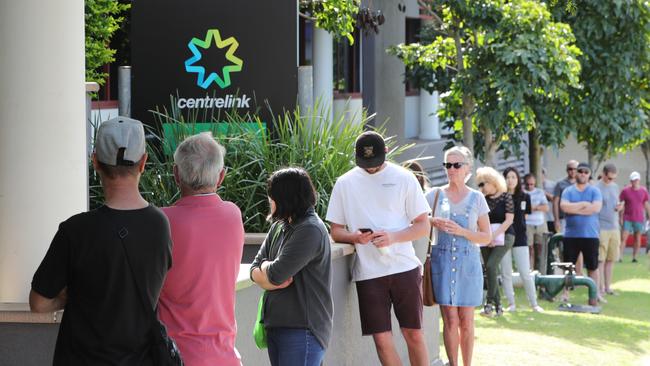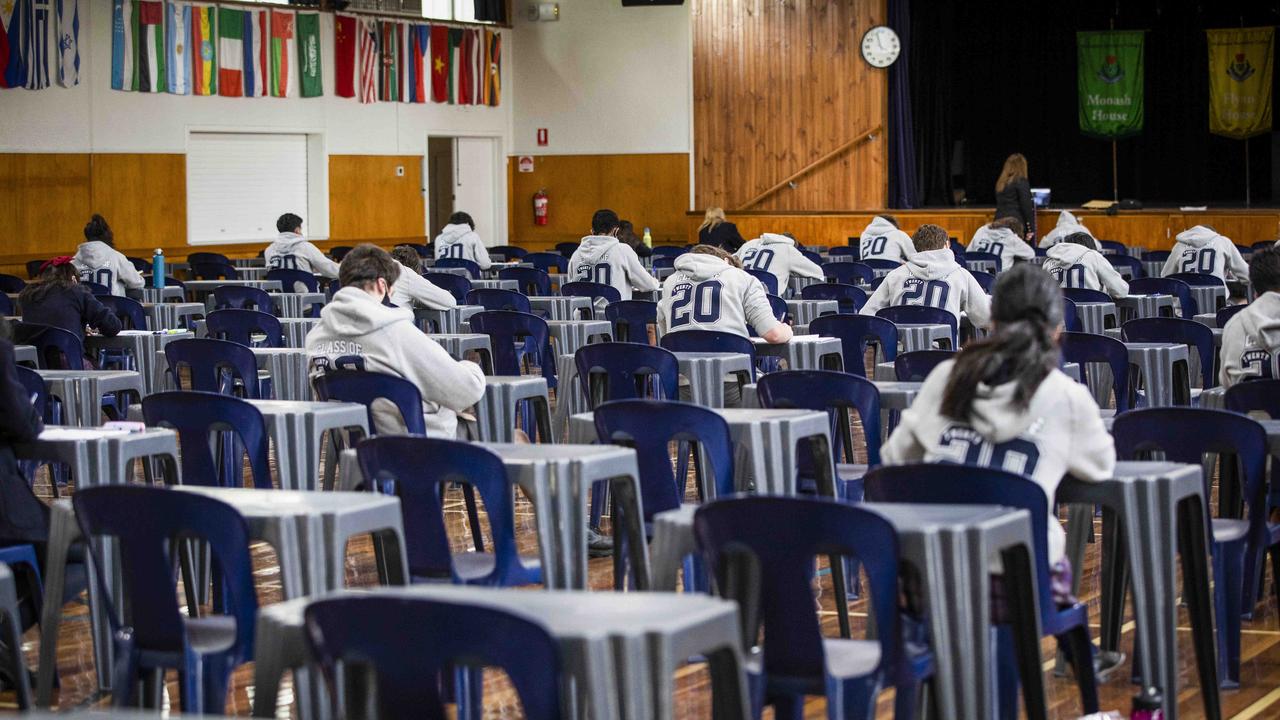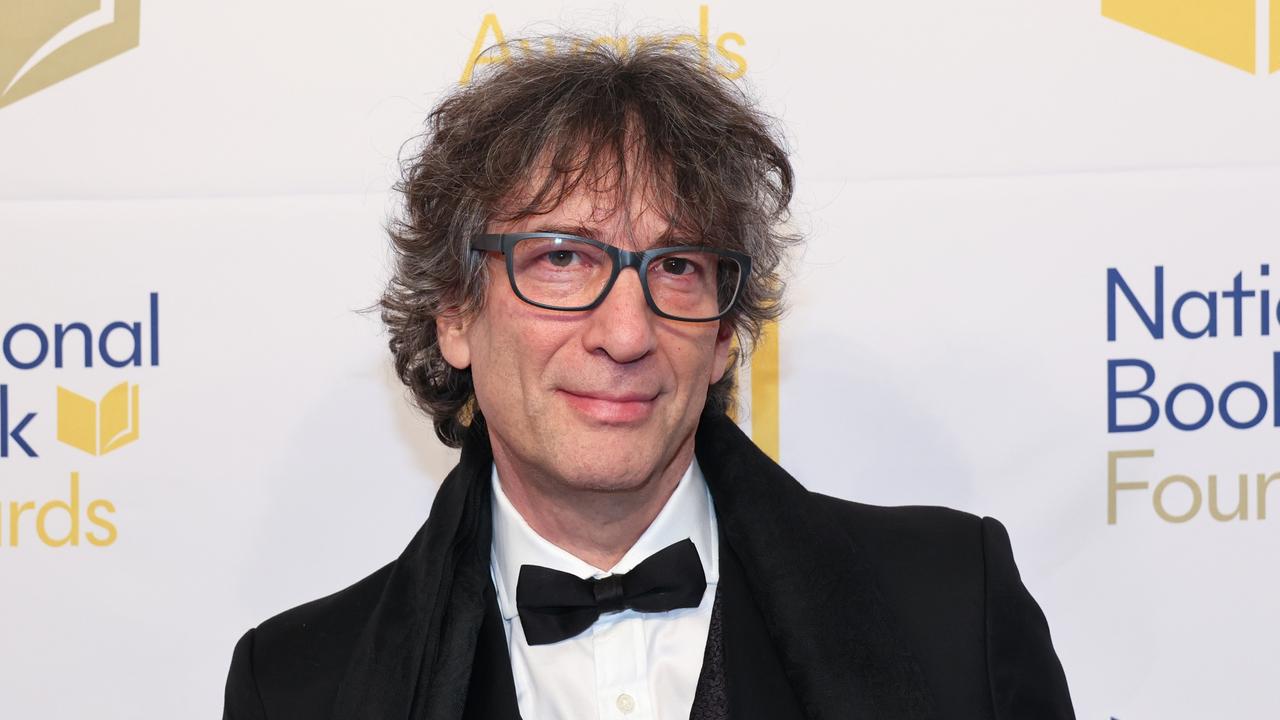JobSeeker rate permanently lifted to $615 a fortnight from April
Rules for those receiving JobSeeker will be tightened and a hotline will be created to help catch people declining work under a slew of changes to the dole.

Victoria
Don't miss out on the headlines from Victoria. Followed categories will be added to My News.
More than 1.2 million unemployed Australians will lose $100 a fortnight in COVID-19 welfare payments from the end of March.
But the JobSeeker rate will be permanently lifted by $50 a fortnight to $615 — the single biggest rise since 1986, costing $9bn over the next four years.
The Morrison government is also toughening mutual obligation rules for those on the dole, forcing them to search for at least 15 jobs a month and to attend at employment services.
With the government arguing almost half a million Australians are on JobSeeker with “no impediments to work”, it will set up a hotline for employers to dob on jobseekers who decline work.
Between the end of September and Tuesday this week, 124,143 Victorians on JobSeeker had payments suspended for breaching obligations, including 74,614 who failed to meet job search requirements.
Social services groups hit out at the increase, worth about $3.50 a day, saying it was “heartless” and “devastating” for Australians struggling in the COVID-19 recession.
But Social Services Minister Anne Ruston said it was intended to get “the balance right”.
She said 290,000 Australians on JobSeeker also received rental assistance, taking their fortnightly payment to $760, while those on the dole would be able to earn up to $150 a fortnight from work and still receive the full payment.

“We need to support people while they’re looking for work, we need to create the incentives so they want to look for work,” Senator Ruston said. “We need to ensure we have a system that’s fair and sustainable for the people who need it and taxpayers who pay for it.”
Scott Morrison said the JobSeeker payment would be 41.2 per cent of the minimum wage, and that his focus was helping unemployed Australians find work, moving them from “receiving taxpayer support to being a taxpayer”.
Australian Council of Social Service chief Cassandra Goldie said the $50 increase was a “heartless betrayal” of Australians on welfare, who would have to make “impossible decisions” to cover essential costs.
She said the harsher rules would “make life even tougher for millions of people without improving their job prospects”.
“The government has turned its back on those with the least, plunging people further into poverty. It’s a cruel decision that shows a complete lack of humanity and empathy,” Dr Goldie said.

New data obtained by the Herald Sun shows there are 476,369 people on the unemployment benefit who are single, do not have children and have no diagnosed health problems which prevent them working full time.
Ms Ruston said those people needed to “take seriously their obligations to taxpayers to look for work and take it up”.
“There are hundreds of thousands of people currently receiving JobSeeker who are single, have no children and largely have no impediments to work who are able to pursue the job opportunities that exist across the whole economy,” she told the Herald Sun.
The three regions in Australia with the most JobSeeker recipients without barriers to working are in Melbourne, with 18,335 in the western suburbs, 17,176 in the inner suburbs and 14,949 in the southeastern suburbs.
There are another 10,131 jobseekers in that category in Melbourne’s northeast, and 120,285 Victorians overall including 71,467 aged 22 to 34.



